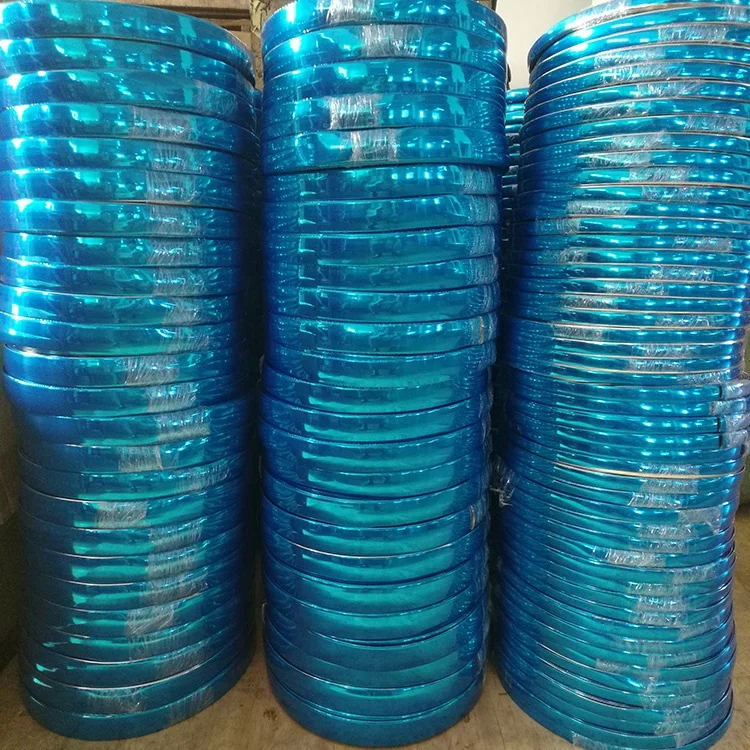Swine flu, officially known as porcine influenza, is a viral infection that primarily affects pigs but can cause significant health issues in swine populations. The disease is caused by various strains of the influenza virus, primarily subtype H1N1. Similar to human influenza, swine flu can not only affect the well-being of the animals but can also impact the livestock industry due to economic losses. Therefore, understanding how to treat and manage swine flu in pigs is crucial for farmers and veterinarians alike.









